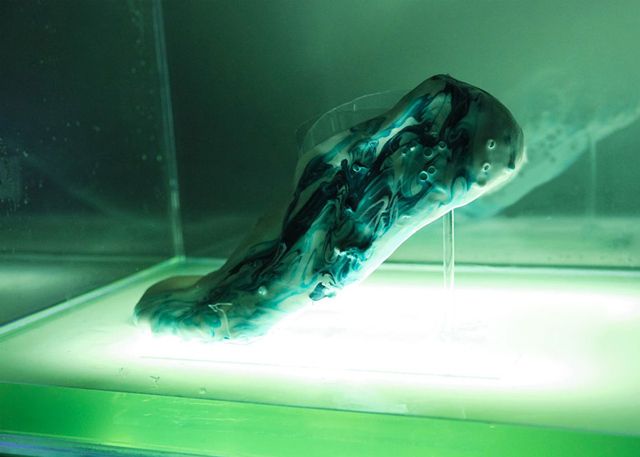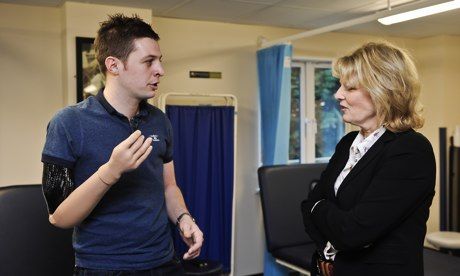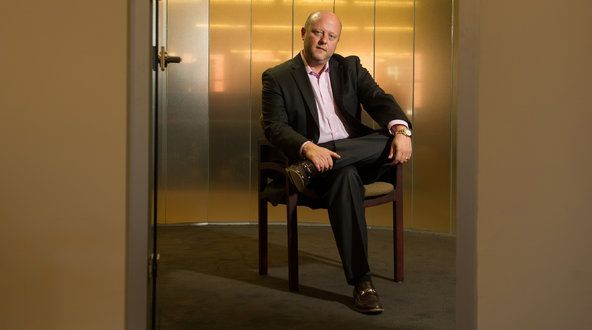Dec 12, 2013
How Will Space Commuters Navigate A Thicket Of Air Traffic?
Posted by Seb in categories: complex systems, space, transportation
“When space traffic becomes routine, there’s going to be significant conflict between commercial air traffic and space traffic,” says Juan Alonso, a Stanford professor of aeronautics and astronautics.
Right now, orbital launches are infrequent — about 70 per year around the world. So if there is, say, a SpaceX Falcon 9 launch scheduled from Cape Canaveral, the FAA decrees the area to be a “special use airspace” and bars plane traffic from the area for hours to accommodate it.
But Alonso is thinking 5 to 7 years into the future. With space tourism carriers like Virgin Galactic and XCOR planning multiple suborbital flights per day, and orbital flyers like SpaceX, Sierra Nevada, and Bigelow sending people and material into orbit, the skies will be getting crowded. The suborbital “up-and-down” space tourism flights offered by carriers like Virgin Galactic and XCOR may number anywhere from several hundred to multiple thousands a year – from zero today. Airline passengers will be less than thrilled to accept a lengthy delay so a rock star can sing in space or a billionaire can hang out in a “space hotel.” Also, airlines lose money from delays, or from re-routing around special-use airspace, requiring extra fuel burn.






 11 December 2013 by
11 December 2013 by 









